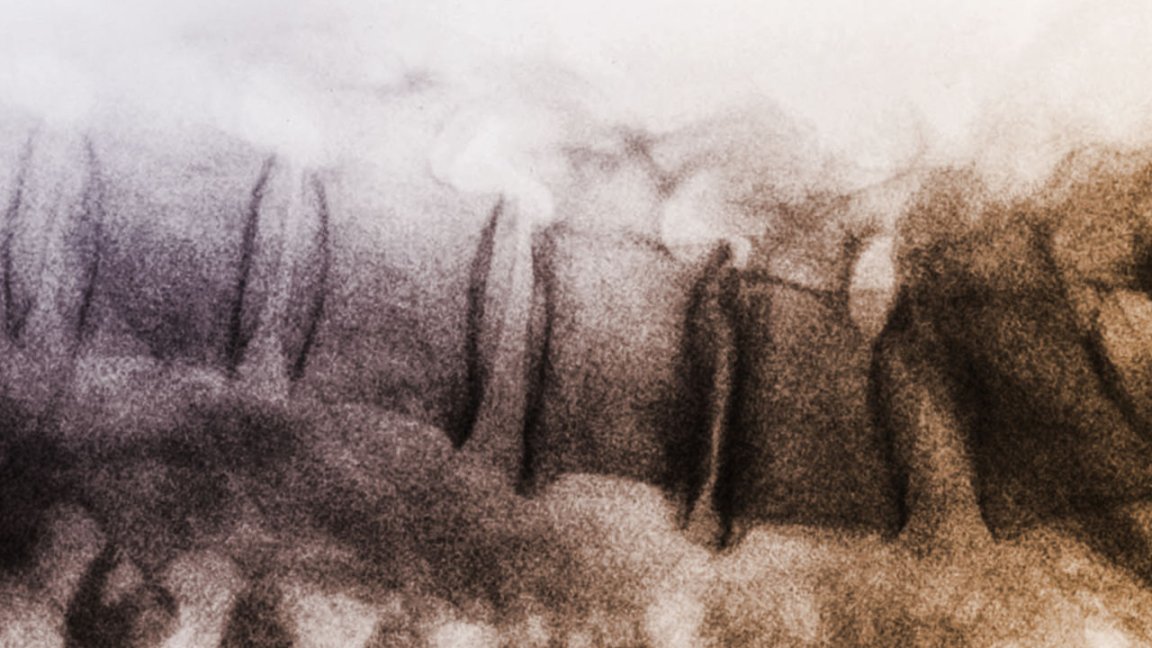
The Discovery
A previously unknown relationship between long-term recovery of spinal cord injury victims and high blood pressure has been discovered by scientists. But what’s even more interesting here is how they did it. Not with innumerable hours of laboratory work, but with a software that conducted a meta-analysis of $60 million worth of basic research deemed as “useless” 20 years ago. The team responsible for this computer-aided discovery are neuroscientists and statisticians from the University of the California, San Francisco (UCSF) and Ayasdi, a software firm that combine topological data analysis (TDA) with machine learning techniques to analyze data sets for relationships between variables. TDA is a technique used to find patterns hidden in large data sets. What was found was that the detrimental effects of high blood pressure on the long-term recovery of spinal cord injuries have immediate implications for human patients, particularly whether the use of hypertension drugs immediately after their injuries and before surgery could improve outcomes.
Implications on the Scientific Method and Research
There have essentially been no groundbreaking breakthroughs yet on spinal cord injury because of the unlimited potential number of variables involved, making it complicated and poorly understood. Thus instead of doing new research that may not provide conclusive results, the team decided to test old, dark data using techniques for uncovering hidden relationships between numerous variables, something that is characteristic of spinal cord injury.